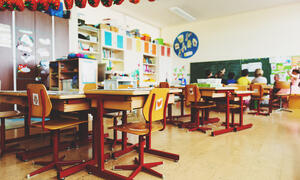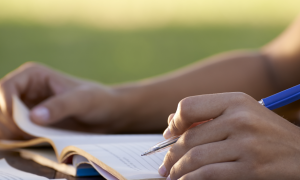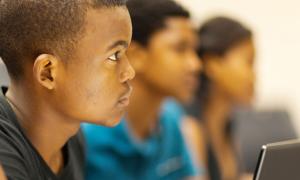article
Toolkit for "The Young and the Registered"
Organizing and participating in a voter registration drive can be a powerful civics lesson for students. This toolkit lists suggestions on how you can help organize a student-led drive at your school.


